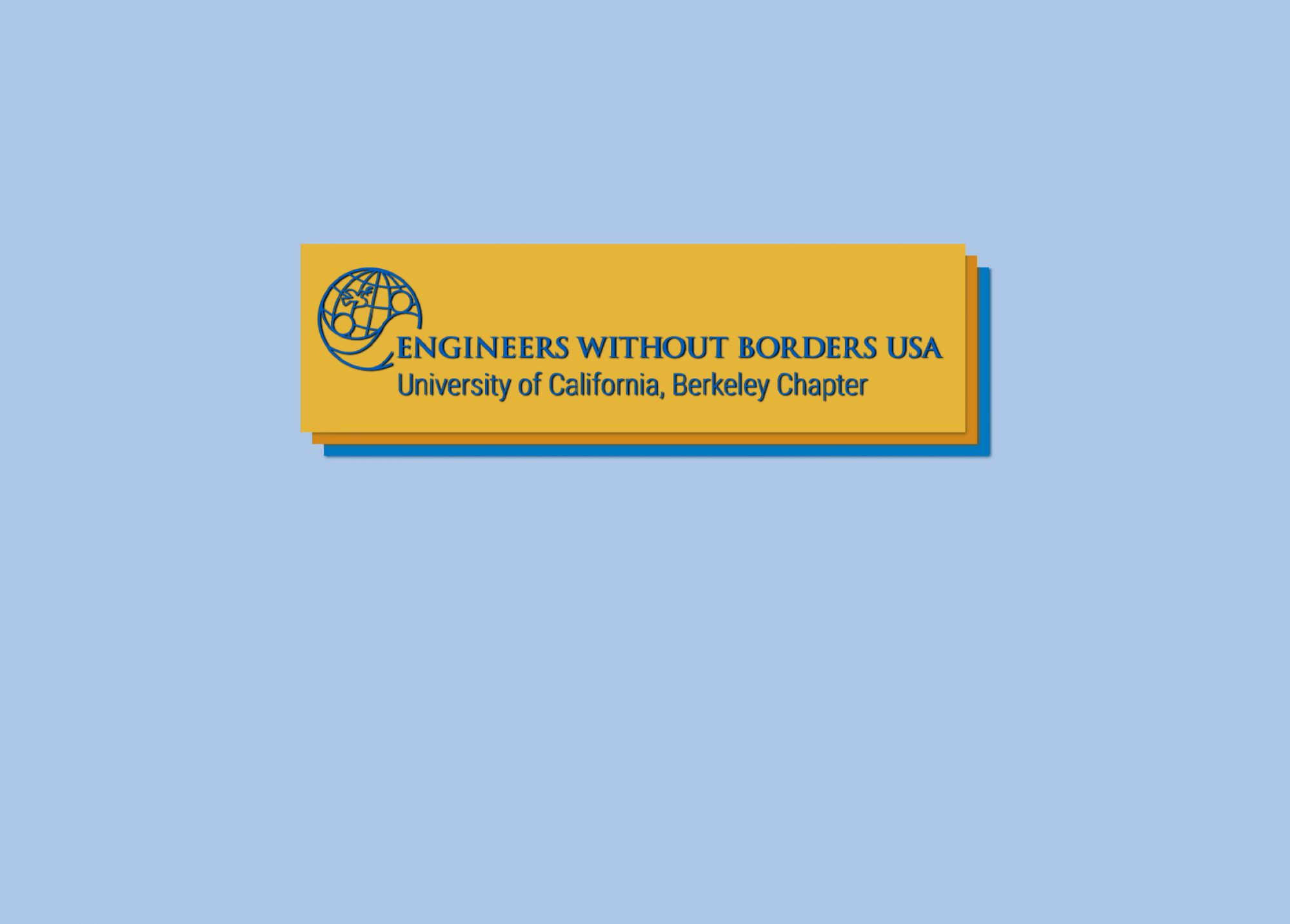|
Peru Project History After the fall of a meteorite in September 2007, Puno’s Regional Health Management Office took urine and blood samples of people in the region who claimed to have been exposed to the vapors and dust emanating from the meteorite’s collision site. The testing showed some people had high levels of arsenic and others had little or none. An investigation showed no correlation between high levels of arsenic consumption and proximity to the meteor impact site. At this point Suma Marka, our partner NGO, took the initiative to investigate if in fact the groundwater was the source of the arsenic being ingested by inhabitants in the Carancas area. The water quality results from local wells showed arsenic levels over the maximum contaminant level set by the Peruvian authorities. In several further locations, testing results showed extremely high concentrations of arsenic, ranging between 60 and 900 parts per billion. It was found that the highest arsenic levels were in the communities of Huatta and Carancas and that in these specific communities, speciation indicated that 90% of the total arsenic was of the trivalent form, which is the most toxic species to human health. Our chapter created two projects, one in Carancas and one in Huatta, to provide education on arsenic in drinking water and to provide alternatives for community members; our projects can potentially serve as a pilot phase of a project that could be replicated in dozens of communities in the region with similar bedrock geology. The aim of the pilot project is to provide a field-tested premise for scaling up an appropriate technology: community members can bring a sample of their well water to the health post to have it tested for arsenic. Citizens will then be offered options of appropriate technologies based on their water quality. We will work with our NGO partners to develop a training program to certify technicians and create an educational program that would help the communities understand the threat that arsenic poses. In June 2011, our team travelled to Peru for the first assessment trip for this project. The primary goal of our initial assessment trip was to evaluate the communities’ priorities, build relations with our partner NGOs and the local government, and to introduce arsenic filtration concepts to the pueblos of Huatta and Carancas. While we were able to travel to Huatta, political protests blocked the road to Carancas. Instead, a nurse from the health post in Carancas traveled to Puno to meet us and discuss the possibility of a project in Carancas. During our second assessment trip in January 2012, we were able to perform preliminary on-site testing on approximately 20 wells in Huatta and Carancas, collect samples from the wells to bring back for more sophisticated testing to be done at UC Berkeley, establish a relationship with both communities, and implement an education program for the children about arsenic contamination. In July 2012, a third assessment trip was made with a team of five students and two professionals. The primary goals of this trip were to present water-well arsenic results and all viable technologies to reduce arsenic, and initiate conversation with the community, health ministry and local leaders on the path forward for the project. As a result community officials allowed us to begin implementing pilot systems at key sites within the communities. In January 2013, the Chapter traveled to Huatta and continued our general arsenic education program. We also went to the Quivillaca school to survey the area for a rainwater catchment system. In addition, we spoke to the director and staff of the school to determine their needs to be taken into account during the design phase. In July 2013, the Chapter plans to implement a rainwater catchment system at the Quivillaca school in Huatta. We have calculated that installing two rainwater catchment systems, one near the school kitchen and another near a school building, the rainwater can supply all of the water needed to meet the demands of the school. |
|
Back to Peru Project page. |

UC Berkeley Student Chapter